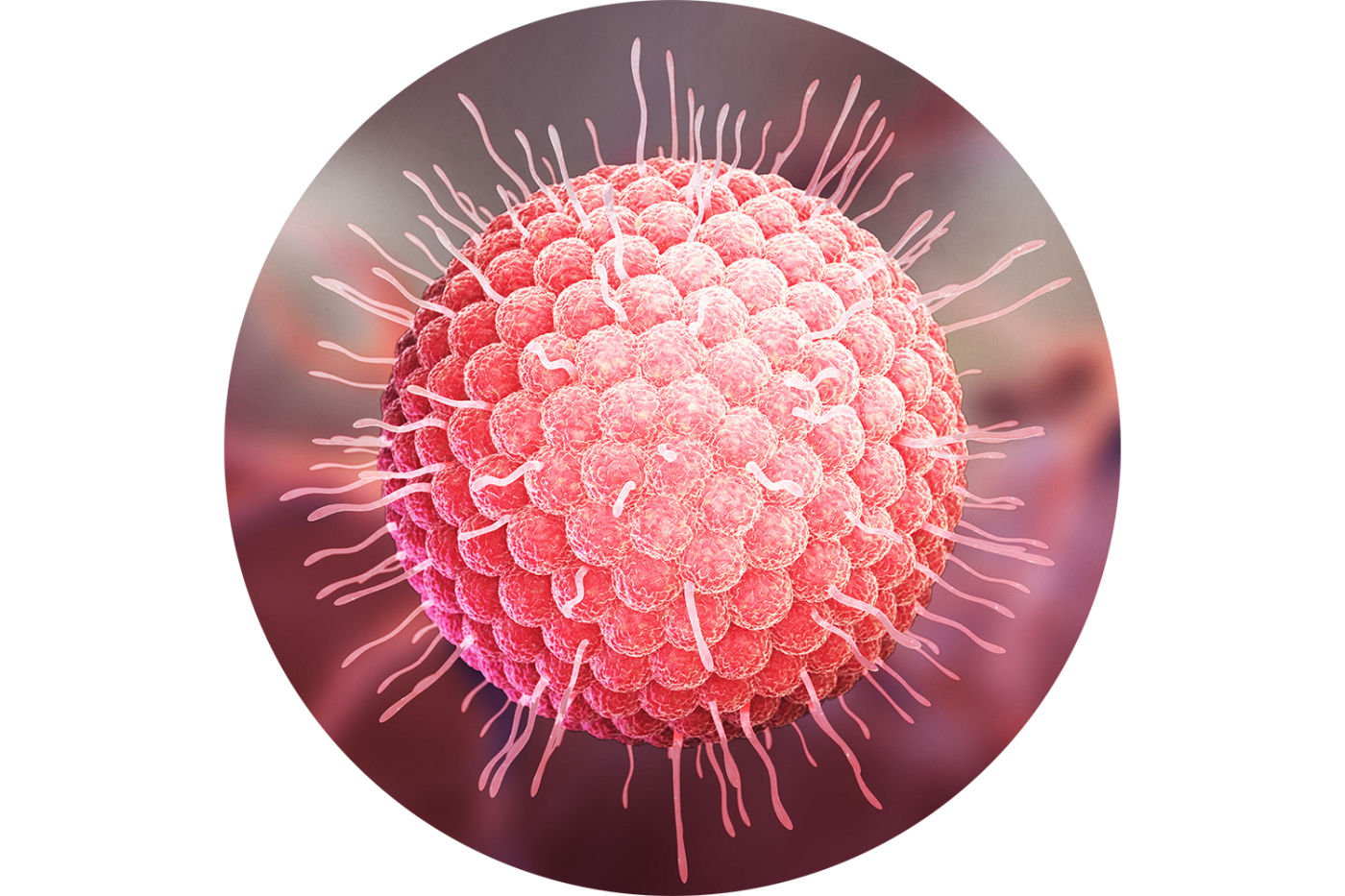
(RIF. DNA 01)
This virus, belonging to the Herpesviridae family, is responsible for both Varicella, a well-known exanthematic disease, and Herpes zoster or shingles: in this second case it is a reactivation of the virus, even many years after a first infection, in immunocompromised situations, for other diseases or immunosuppressive therapies.
Chickenpox is typically a benign disease that heals within 7-10 days. The disease tends to have a more aggressive course in adolescents and adults, and can be particularly serious if it affects immunosuppressed people (people with HIV, people undergoing chemotherapy or being treated with steroids for asthma or other diseases). Chickenpox complications are rare in healthy children and mostly occur in immunosuppressed people, infants and adolescents or adults. Bacterial superinfection of skin lesions, thrombocytopenia, arthritis, hepatitis, cerebellar ataxia, encephalitis, pneumonia and glomerulonephritis may occur. Among adults the most common complication is pneumonia. Chickenpox is one of the most contagious infectious diseases, especially in the early stages of the rash.
Transmission from person to person occurs by air via the droplets spread in the air when an affected person coughs or sneezes, or through direct contact with chickenpox or zoster lesion. The contagiousness starts from 1 or 2 days before the appearance of the rash and can last until the appearance of the crusts. During pregnancy, the virus can be transmitted to the embryo or fetus through the placenta. Generally, therapy is only symptomatic.
For itching, antihistamines can be used, while for fever paracetamol. Children with chickenpox should not be treated with salicylates (aspirin), as this increases the risk of Reye's syndrome. In cases most at risk of complications (adolescents, people with chronic respiratory diseases or on steroids) and in secondary family cases, antiviral drugs such as acyclovir can be used. The infection produces permanent immunity in almost all immunocompetent people: rarely a person can develop this disease twice.
However, the virus is not eliminated from the body, but remains latent (typically throughout life) in the ganglia of the spinal nerve roots. In 10-20% of cases the virus wakes up years or decades later, giving rise to herpes zoster, commonly known as "shingles". Cluster-type lesions of the vesicular type occur in the chest, sometimes accompanied by localized pain. The pain that persists beyond a month is called post-herpetic neuralgia. In general, it is recommended to isolate patients to avoid spreading the infection.
It is recommended that children affected by the disease stay home from school for at least five days after the first blisters appear.